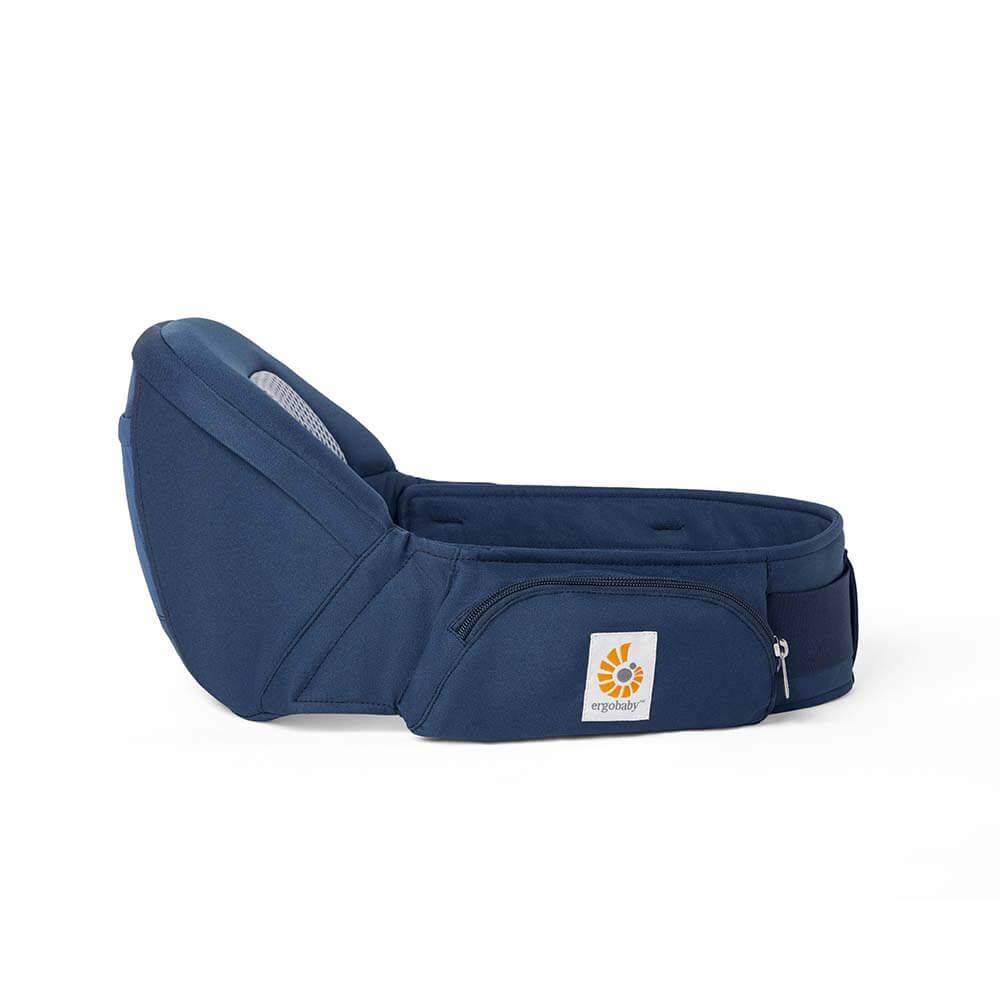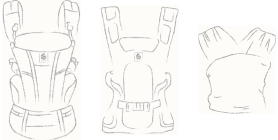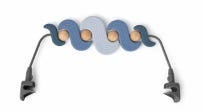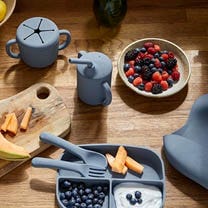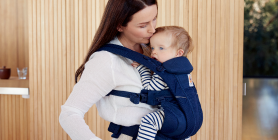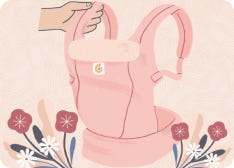Carley Mendes
How much is too much?
Aiming forThe two most common reasons that healthy eating habits start to slip is because either it becomes less of a priority or a reliable strategy hasn’t been put into place. That’s why it can be especially difficult to stay committed to healthy eating after you’ve had a baby. Your priorities shift, your focus is now on your new little bundle, and if strategies are not already in place you don’t have much spare time for making new ones. As a new mother, making your health and wellness a priority isn’t self indulgent, it’s necessary so that you have energy and clarity to care for your baby. If you’re breastfeeding, what you eat also directly affects the quality and sometimes quantity of your breast milk.
a few things that have helped me continue to make healthy choices in the kitchen after having a baby….
Most babies don’t like to be put down, especially in the early days. So it becomes much more difficult to luxuriate in the kitchen with a baby in tow. Babywearing has become my most indispensable
First Trimester Nutrients
A well balanced diet is key throughout your entire pregnancy, but certain nutrients play an essential role in each trimester. Basic water-soluble vitamins B & C become a focal point in the first trimester. The most well know first trimester vitamin is B9, folate, which helps protect your baby from the risk of neural tube defects. Vitamin C is important during all stages of pregnancy, but it works to support your immune system in the first trimester, which is often taxed in early pregnancy.With all of the joys that accompany pregnancy, there’s also the potential to experience some unpleasant conditions. Pregnant woman are often struck with heartburn and it commonly occurs for two reasons. When functioning optimally, the valve between the esophagus and the stomach (the lower esophageal sphincter) should only open when swallowing to allow food down, then it should quickly close again. During pregnancy the body produces relaxin, a hormone that softens your joints and cervix for delivery, but it also softens the muscles of the esophagus and can keep it from closing as efficiently. The potential for acids to be pushed up past the weakened valve increases when combined with the added pressure that’s put on the stomach as baby grows and organs shift. The delicate lining of the esophagus doesn’t have the same protection against acid that the stomach does. So when acid rises into the esophagus, it causes a burning sensation in the chest, just behind the breastbone. Antacids are usually
Bananas are a great food for little ones. They have a soft texture and natural sweetness that babies love. Ripe bananas are easy to digest and provide needed energy for growing bodies. We also eat a lot of eggs in our house. When my son was introduced to solids we started with egg yolks and waited to introduce the whole egg with whites. The yolks are where the most beneficial nutrients are found. They are stocked with B vitamins, healthy fats, choline, and the harder to obtain fat-soluble vitamins A & D. Once we introduced egg whites, these healthy flourless banana pancakes were a hit! They include only 3-ingredients and are super simple to make. Eggs contain an easily absorbable form of iron, a nutrient that babies start to require more of around the time solids are introduced. If the eggs are pasture raised they also contain the powerful fat needed for babies brains, DHA.
Ingredients
1.5 bananas *should be quite ripe with brown spots 2 large eggs 1/8 teaspoon baking powder (optional for
When my little one was ready for solid foods I decided to use the baby-led weaning approach. In this method finger foods are introduced right from the start and purees are skipped altogether. It was a fantastic fit for my family and I believe it really helped our son establish healthy eating habits. He’s almost 2 years old now and has a fantastic appetite with an impressively adventurous palate. Here are some reasons that we love about baby-led weaning.
Experiencing & exploring foods
Babies love the opportunity to interact with food! If spoon-feeding, there are still some approaches from baby-led weaning that help engage baby in mealtime. Babies often spit out puree and try to grab it with their hands. That's because they're curious and want to be involved, but parents are usually quick to wipe it up or scoop it back into baby's mouth. Try putting a small spoonful of puree on your baby’s tray for them to touch & taste on their own before you begin feeding - and again if changing flavors.
Babies walk at different times, they talk at different times, and just like all other developmental milestones, their digestive systems are ready for solid foods at different times. Instead of waiting until your baby reaches a certain age, it’s also recommended to wait until your little one meets all of the Developmental Signs of Readiness. These observable milestones indicate when your little one’s intricate system is ready and mature enough for the introduction of solid foods. Babies usually start meeting Signs of Readiness around 6 months, but it can definitely take longer for some and research is showing that it’s beneficial to wait. In the 1990’s, it was common for most babies to start solids around 4 months. In 2002, the World Health Organization recommended exclusive breastfeeding (formula/combo feeding) for the first 6 months. In 2012, Health Canada, Canadian Pediatric Society, Dieticians of Canada & Breastfeeding Committee for Canada (can you tell I’m Canadian!) released a joint





